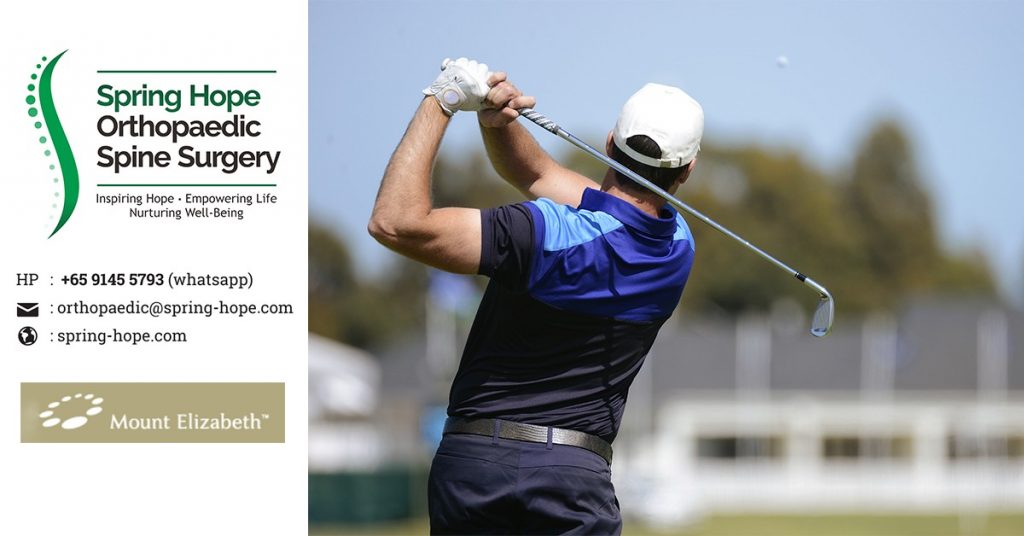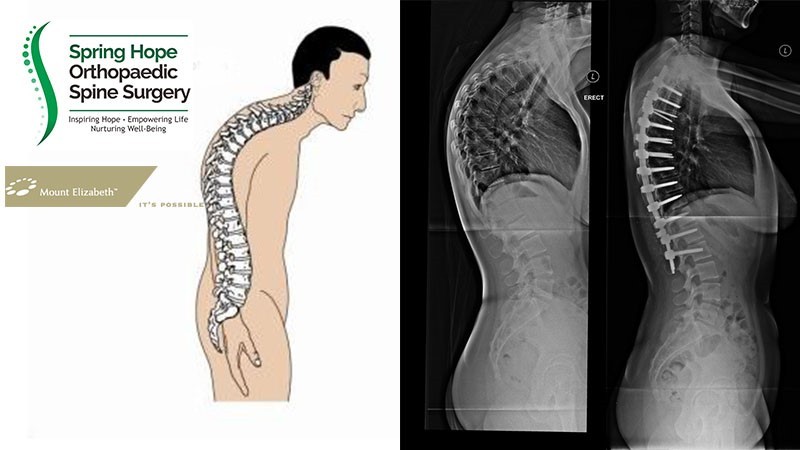How to Prevent Back and Neck Pain when Working from Home

By Dr Tony Setiobudi BMedSci, MBBS, MRCS, MMed (Ortho), FRCS (Ortho) The Covid-19 pandemic has forever changed how business is conducted. More people than ever are working from home (WFH), either temporarily due to social distancing, or permanently as a remote professional. This scheduling flexibility may be nice but working from home can present its own unique challenges […]
Solutions to Sleep with Back Pain

By Dr Tony Setiobudi BMedSci, MBBS, MRCS, MMed (Ortho), FRCS (Ortho) There’s nothing in this world that beats a good night’s sleep. One that leaves you refreshed and ready to start a new day. However, having a good sleep for those suffering from back pain may not be easy. Pain and sleep are intertwined in a […]
Back Pain Risk Factors You Can Change

Back pain is one of the most common health problems among all the population of the world. People can suffer from different forms of back pain which in turn can lead to chronic backpain, lower back pain or spinal pain. It is important to get your chronic backpain taken care of before it gets worse. […]
Chronic Back Pain and Neuropathic Pain

By Dr Tony Setiobudi BMedSci, MBBS, MRCS, MMed (Ortho), FRCS (Ortho) Back pain is a very common problem in our society. Most of them are self-limited. Some become chronic back pain which is disturbing and difficult to treat. I am going to explain how neuropathy contributes to the development of chronic back pain. Neuropathic pain is distinct […]
Problem in Your Buttock Can Cause Low Back Pain

By Dr Tony Setiobudi BMedSci, MBBS, MRCS, MMed (Ortho), FRCS (Ortho) 80% of the population suffer from low back pain at least once in their life time. Sometimes, low back pain is caused by injury to the muscles, joints or the discs in the lumbar region. Other time, it is related to subtle wear and tear changes […]
Tumor Tulang Belakang – Salah Satu Penyebab Sakit Pinggang

By Dr Tony Setiobudi BMedSci, MBBS, MRCS, MMed (Ortho), FRCS (Ortho) Pernahkan anda mengalami sakit pinggang? Kebanyakan kita menyepelekan sakit pinggang yang sebagian besar akan sembuh sendiri jika beristirahat. Padahal, bisa jadi itu bukan sakit pinggang biasa. Untuk sakit pinggang yang berhubungan dengan masalah otot dan degenerative memang tidak serius. Tapi, sakit pinggang ini bisa menjadi masalah […]
Operasi Postur Bungkuk Dapat Menambah Tinggi Badan

By Dr Tony Setiobudi BMedSci, MBBS, MRCS, MMed (Ortho), FRCS (Ortho) Postur bungkuk adalah masalah medis dan masalah estetika. Orang dengan postur bungkuk sering jatuh karena pandangan ke depan terganggu. Postur bungkuk bisa disebabkan oleh bermacam-macam masalah medis: Ankylosing spondylitis Scheuermann’s disease Proses penuaan (ageing) Patah tulang belakang TBC tulang belakang. Postur bungkuk yang disebabakan oleh ankylosing […]
Osteoporotic Spine Fracture

By Dr Tony Setiobudi BMedSci, MBBS, MRCS, MMed (Ortho), FRCS (Ortho) When the bone is soft or osteoporotic, it can fracture with trivial injury or even without injury. Spine bone is one of the most commonly affected bones in osteoporotic fracture. It can be debilitating. But it doesn’t need to affect you. You can prevent osteoporosis […]

